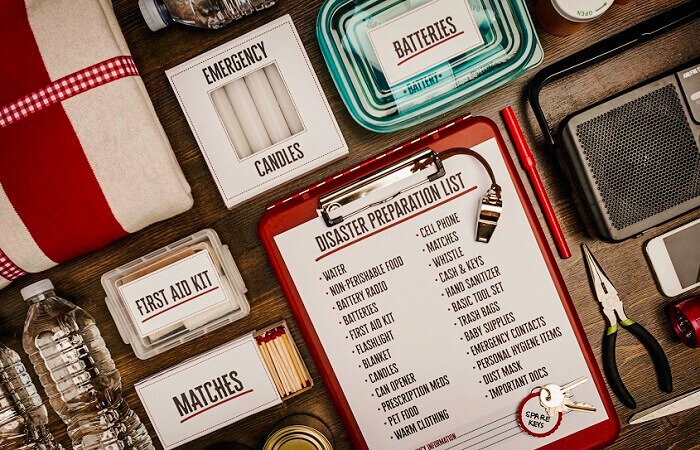At-home Emergency Preparedness and Covid-19
Brush up on your emergency preparedness skills.
Brush up on your emergency preparedness skills.

If you’re like me, your world flipped upside down in a matter of days. I was used to a steady, 9-to-5, predictable work routine with activities sprinkled throughout the week and weekends. Now, I am trying to make sure I have enough toilet paper and food staples to last a few weeks, which is difficult to do when everyone else is doing the same. I’m writing this in what has become my office – previously known as my dining/kitchen/living room space – in my one-bedroom apartment. It appears my dog, Piper, is the only one elated with these changes.
As we adjust, attempt to reduce our stress levels, ensure we’re prepared and try not to become exposed or sick – all of which we should be doing - we cannot let our emergency preparedness skills slide.
Unfortunately, severe weather and tornadoes will not stop just because of the COVID-19 pandemic. Earlier this month, at the beginning of the COVID-19 outbreak, Nashville lost 24 lives to a tornado that destroyed hundreds of buildings before dawn. Several regions are now entering tornado season, though they can happen at any time of year and at any time of the day or night.
The CDC provides a few tips we can all follow to ensure home emergency preparedness to protect us from tornadoes, COVID-19 – and many other things that may come our way:
Find local emergency information. A few good places to start are your town or city website, your local public health department or your state public health department.
Know the signs and symptoms of COVID-19, and know what to do if you become sick.
Take steps for those who are at higher risk of being sick, such as older adults and those with serious chronic medical conditions, by picking up or ordering their groceries and prescriptions and leaving them at their door. Ask if you can walk their dog, or help build an emergency kit or family communication plan (while maintaining 6 feet of distance, of course).
Protect yourself and your family. Stay home if you are sick or suspect you may be sick, practice proper hand washing, cover your cough and sneeze, and clean and disinfect frequently touched surfaces daily where appropriate.
Create a household plan for you and your family, and put it into action. The following precautions apply to many disaster situations, including a pandemic:
Most importantly, take care of the emotional health of your household members as well as yourself.Take breaks from news stories, including social media. Take deep breaths, stretch or meditate. Spend time on relaxing activities that bring you joy, such as reading, painting or cooking. Connect with others via video chat, phone call or text, and talk about your fears and concerns with those you trust. Remember, we’re all in this together.
Visit NSC.org/Coronavirus for more resources.
With a century-long legacy, the National Safety Council is a global center for safety expertise. Let's work together to align resources. We look forward to learning about ways we can join efforts to expand safety everywhere!
There are no items in your cart